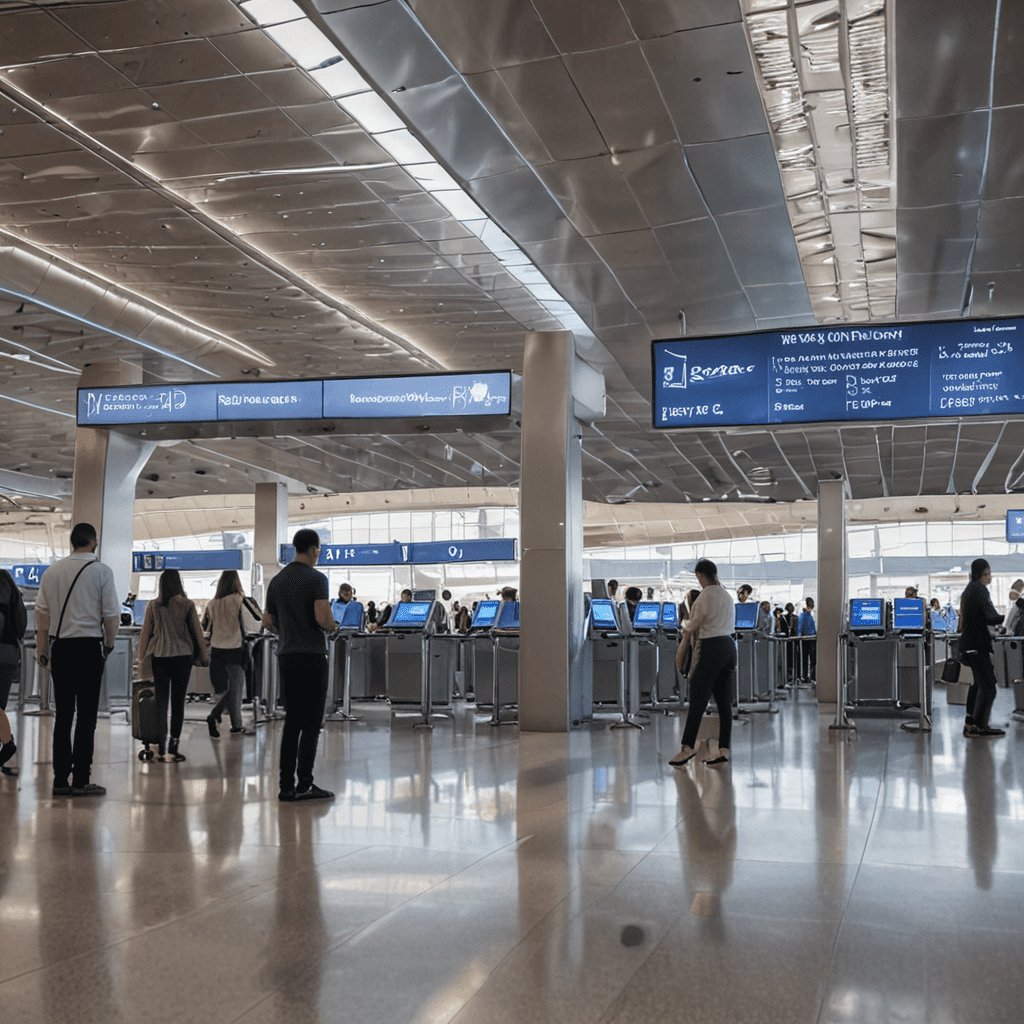
1. Introduction: Transforming Airport Processes with Facial Recognition
Facial recognition technology has emerged as a game-changer in the travel industry, revolutionizing airport processes to enhance security, convenience, and efficiency. Airports worldwide are embracing this transformative technology to streamline operations, making travel experiences seamless and hassle-free for passengers.
2. Benefits of Facial Recognition in Airport Operations
Facial recognition offers a plethora of benefits in airport settings, including:
Enhanced Security: Facial recognition provides a highly secure and reliable method of identity verification, reducing the risk of fraud and unauthorized access.
Streamlined Boarding and Deplaning: Passengers can breeze through boarding and deplaning processes with facial recognition, eliminating the need for manual document checks and reducing wait times.
Contactless Border Control and E-Gates: Facial recognition enables automated border control and self-service e-gates, allowing passengers to cross borders seamlessly without the need for physical passport checks.
3. Enhanced Security and Identity Verification
Facial recognition technology offers a robust and secure way to verify passenger identities. By comparing facial features against stored images in databases, it can accurately identify individuals, even in crowded and dynamic airport environments. This significantly reduces the risk of impersonation, fraud, and unauthorized access to restricted areas.
4. Streamlined Boarding and Deplaning
Facial recognition significantly streamlines boarding and deplaning processes. Passengers can simply look into a camera at designated checkpoints, and their identity is instantly verified. This eliminates the need for manual document checks, reduces processing times, and makes boarding and deplaning more efficient and convenient.
5. Contactless Border Control and E-Gates
Facial recognition plays a crucial role in contactless border control and automated e-gates. Passengers can approach self-service e-gates, have their faces scanned, and cross borders seamlessly without the need for physical passport checks. This not only reduces wait times but also enhances security by automating identity verification procedures.
6. Simplified Baggage Drop-Off and Retrieval
Facial recognition can streamline baggage drop-off and retrieval processes. Passengers can scan their faces at designated kiosks to identify their baggage, eliminating the need for manual tagging and reducing the risk of baggage mix-ups.
7. Personalized Traveler Experiences
Facial recognition enables airports to provide personalized traveler experiences. By recognizing frequent flyers, airports can offer tailored services, such as expedited check-in, personalized recommendations, and exclusive offers.
8. Privacy and Data Protection Considerations
Privacy and data protection are critical considerations in the implementation of facial recognition technology. Airports must ensure that passenger data is securely stored and processed in compliance with data protection regulations. They must also provide clear and transparent information to passengers about how their facial data is used and protected.
9. Implementation and Integration Challenges
The implementation and integration of facial recognition systems in airports present certain challenges, such as ensuring compatibility with existing infrastructure, addressing privacy concerns, and training staff on the new technology.
10. Future Innovations and Trends in Facial Recognition Travel
The future of facial recognition in travel is promising, with ongoing advancements in technology and its integration into broader travel ecosystems. We can expect continued innovation in contactless biometric solutions, personalized experiences, and enhanced security measures to further streamline and improve air travel.
FAQs:
Is facial recognition mandatory at airports?
No, facial recognition is typically offered as an optional service, and passengers may choose to use traditional document checks instead.How secure is facial recognition technology?
Facial recognition systems have high levels of accuracy and are considered secure, using advanced algorithms to match facial features.What are the privacy concerns surrounding facial recognition?
Privacy concerns include the potential for data breaches and the use of facial data without consent. Airports implement strict data protection measures to address these concerns.
- Will facial recognition replace traditional travel documents?
It is unlikely that facial recognition will completely replace traditional travel documents, as passports and visas remain important for certain verification processes.


